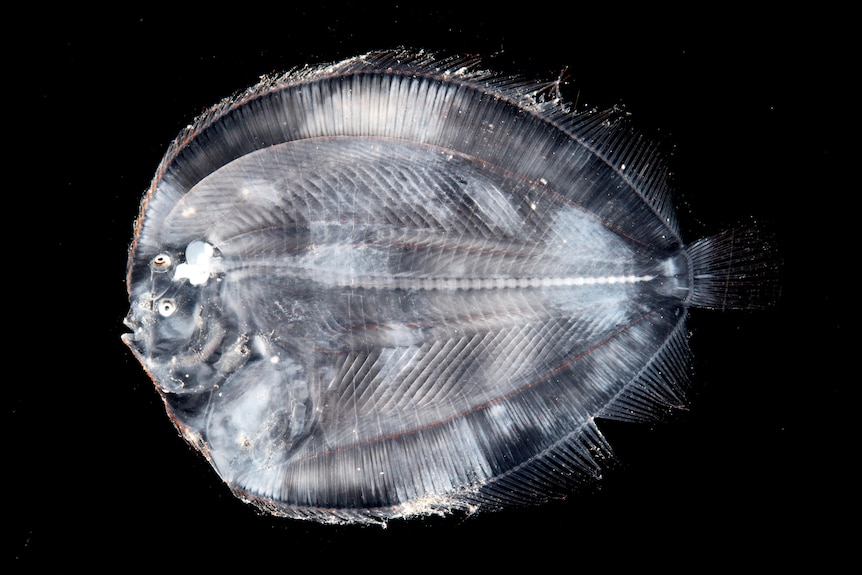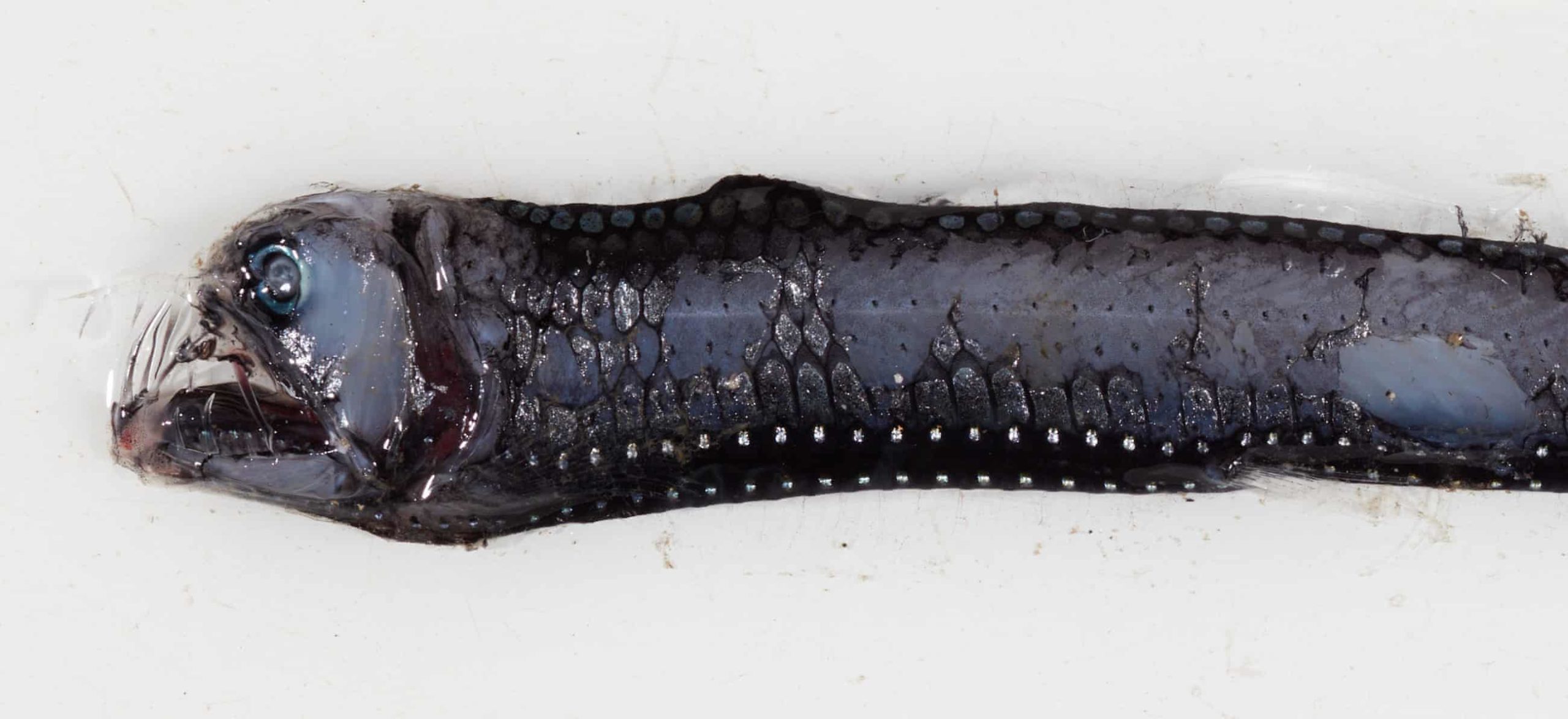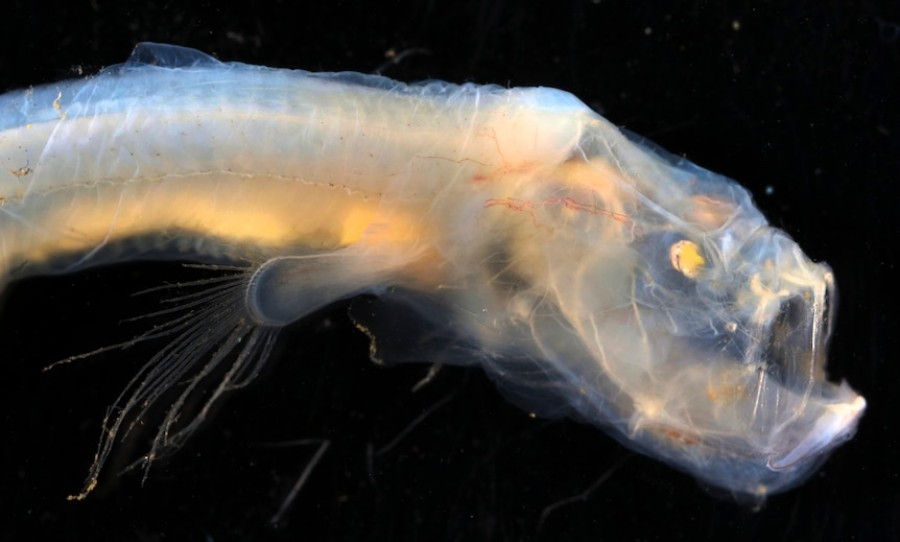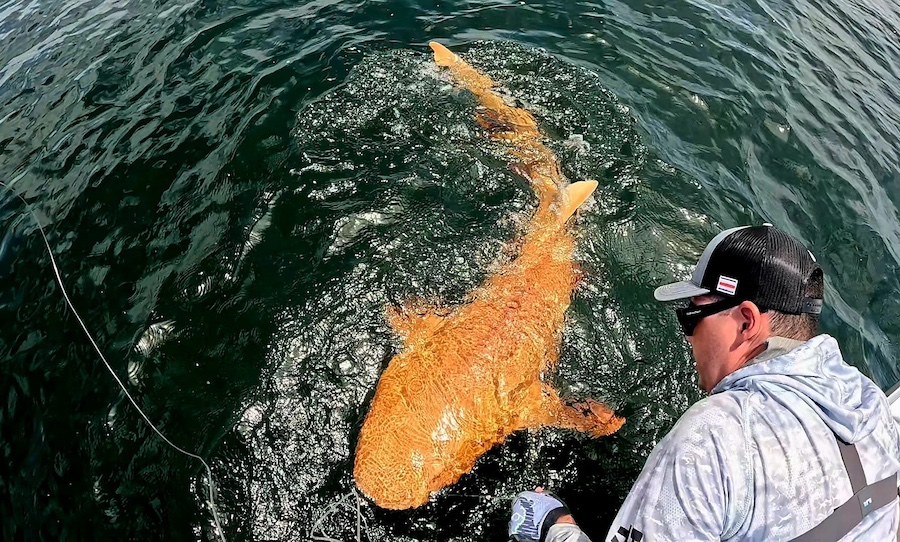Fish with stilts, fangs and glow-in-the-dark flesh have been discovered some five kilometres below the ocean’s surface.
Scientists have discovered an array of peculiar-looking fish species off the coast of Australia. Dredged up near the waters of Cocos Keeling Islands — one of the country’s most remote territories — the new species were discovered as part of a recent sea-floor mapping expedition, which took scientists some five kilometres below the water’s surface.
The sheer depth of the mission resulted in some truly unique animal discoveries, given the species’ need for light and food so low beneath the surface. These dwellings meant that most of the species were bioluminescent, with big mouths to make the most of any food they can source. “Life in the deep sea is so poorly known that it really is a lucky dip,” Diane Bray of Museums Victoria said of the findings.
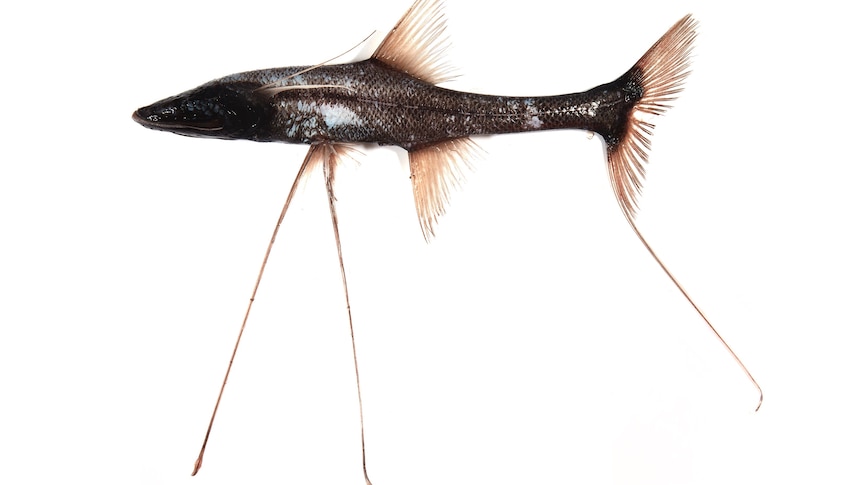
Some of the standouts from the ‘lucky dip’ include the tripod fish, which is built with stilt-like legs that elevate it from the seafloor and help attract food. Meanwhile, the deep-sea batfish also caught scientist’s attention given its resemblance to a dumpling, and its relation to the deep-sea monstrosity that is the glorious Angler Fish.
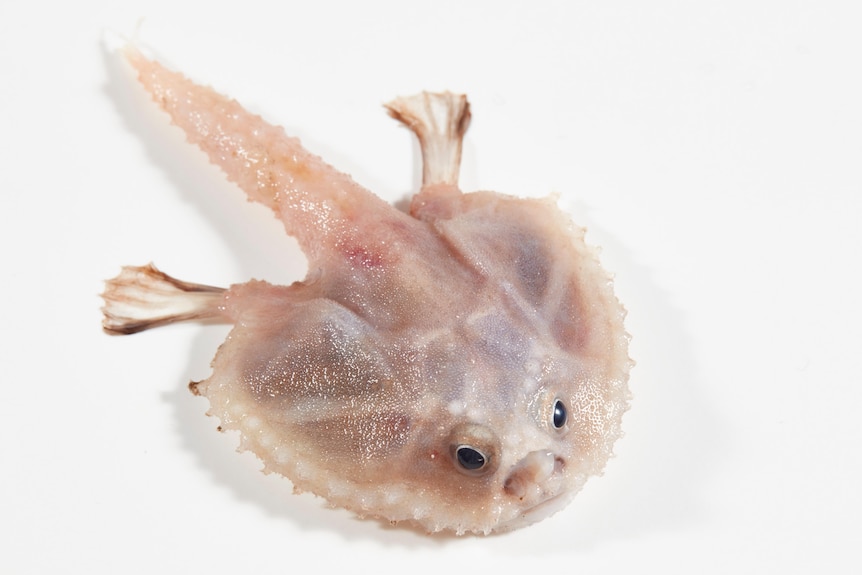
Elsewhere, researchers captured the blind cusk eel, which is thought to be an entirely new species. “They’ve got really loose, flabby, gelatinous skin and they’re incredibly rare,” Bray said of the eel. Other standouts from the fish haul include the so-called flatfish, the slender snipe eel, and The Sloane’s viperfish, the last of which is decked out with huge fang-like teeth that are visible even when the mouth is closed.
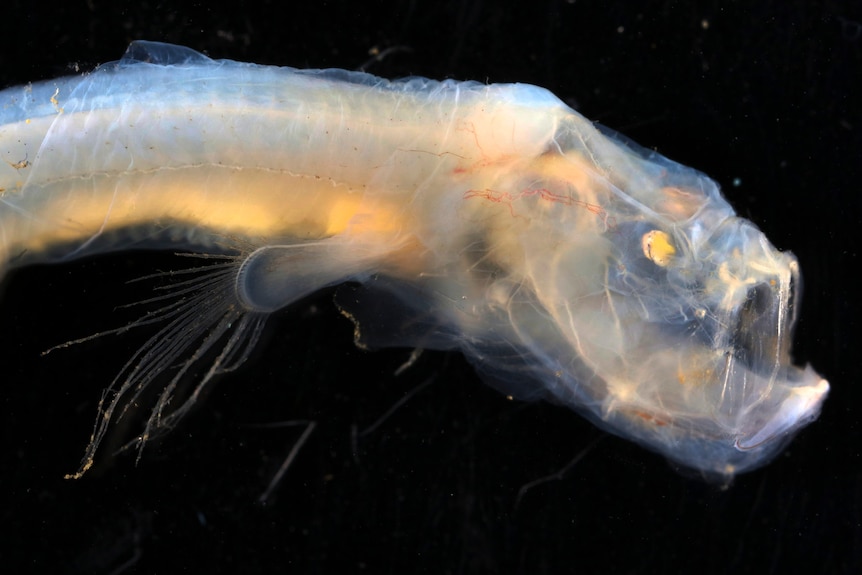
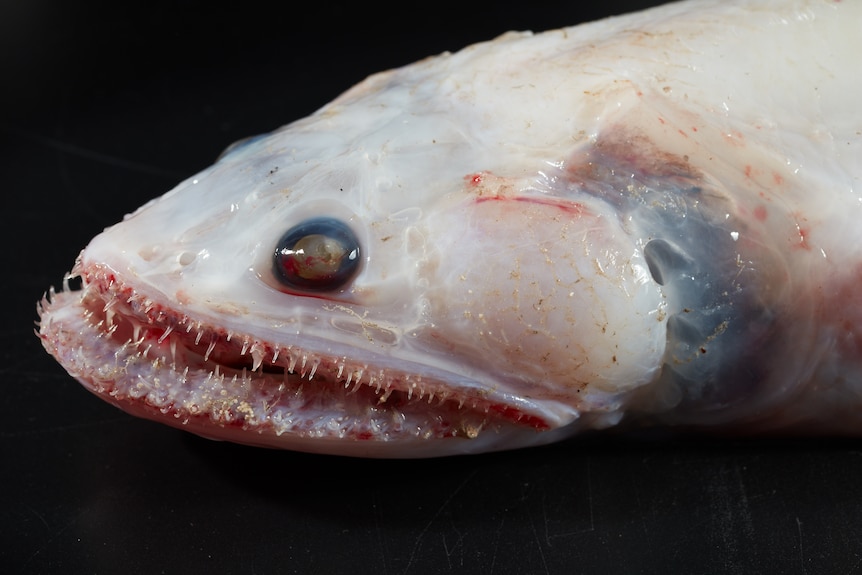
Scroll down for a closer look at some of these mysterious deep-sea wonders.
